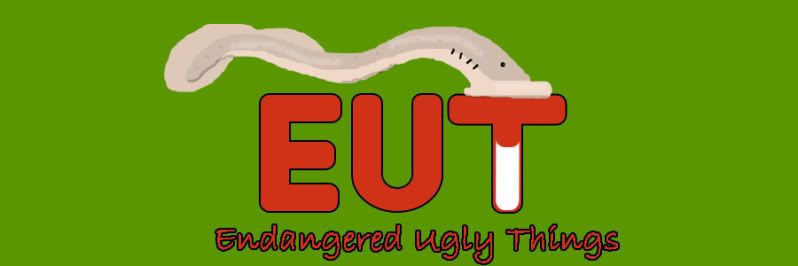 |
| Image from Lichens of North America |
I’ll admit the Rock Gnome Lichen1 (Gymnoderma lineare) isn’t really ugly, it falls more into the category of endangered things you’d never hear or care about. Think about what I tend to write in other posts. What does it eat? Rocks. What behaviors does it have? It grows, very, very slowly, and eats rocks. Breeding habits? A piece of the lichen breaks off2.
I suppose some of those are some points of interest, since lichens have the distinction of being able to metabolize minerals straight from rock faces, setting the stage for “higher” plant forms to colonize. A blank rock face with a few greenish growths today could be a forest in 100 years. Or, just as likely, the same lichens that are there today. Not the same population, the same individuals; which brings us to our second point. Lichens are incredibly slow growing. Something like a millimeter a year. They can be used to estimate dates like glacial retreat or ancient landslides. Redwoods and giant tortoises can’t hold a candle to that3. Heck, continents move faster than that.
This particular lichen lives in southern Appalachia, where it likes its rock served moist and vertical. It's the only member of its genus in North America, the other Gymnoderma live in the Himalayas or other East Asian mountains. The rock gnome lichen is extremely sensitive to trampling (despite the fact it lives vertically), and to changes in moisture levels. Many lichens have issues with air pollution, and it’s likely that the rock gnome has the same problems. Scientific collection is an endangerment cause I haven’t talked about yet4. What do you do to study something that won’t grow in the lab and dies if you poke at it too much? I’m not sure.
1Good band name for, what, maybe a bluegrass band?
2Sex, when you’re two or three individual organisms per cell, is kinda difficult. Possible, just complicated.
3And not just because they don’t have opposable digits.
4Though a much smaller problem than in, say, the 1800s, when killing was the easiest way to document an animal and get it to as many museums as possible.

No comments:
Post a Comment